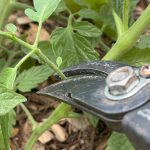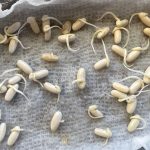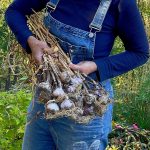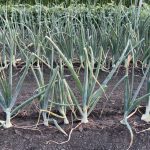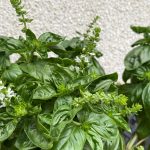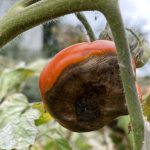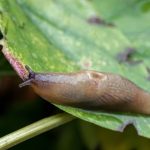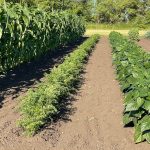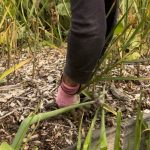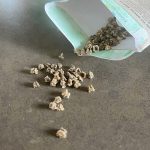Are you wondering how to grow strawberries when you live in a colder, windier climate like Alberta or on the prairies? You’re not alone! Growing strawberries on the prairies isn’t always the easiest thing. In fact, it can be tough. That’s why I’ve put together a complete guide to growing great strawberries in Alberta and on the prairies. With this blog you’ll be set up for success to have delicious, juicy strawberries when you harvest!
This blog will look at the best ways to grow strawberries on the prairies.
We’ll look at:
- Different Types & Varieties of Strawberries
- The Best Location to Grow Strawberries
- How to Plant Strawberries
- How to Care for Strawberry Plants
- Why Overwintering Strawberries on the Prairies can Be Challenging
- How to Prepare Strawberry Plants for Winter
Interesting Facts About Strawberries
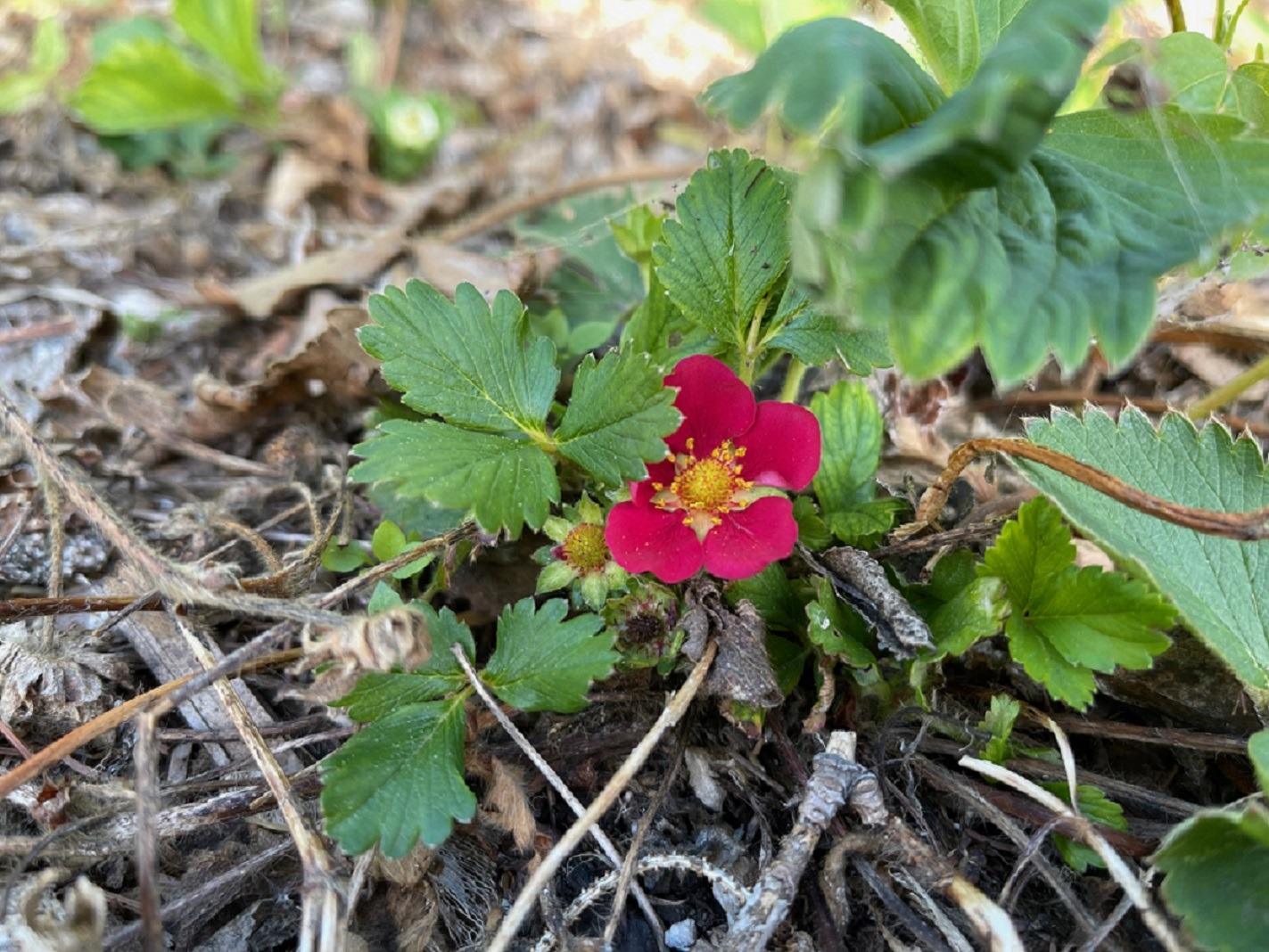
Did you know that strawberries are not considered to be berries from a botanical perspective?
Instead, strawberries are known as a ‘multiple fruit’ because each seed is surrounded by flesh, making each seed an individual fruit. Each strawberry carries up to 200 seeds.
Strawberries are a member of the Rose family (isn’t that an interesting surprise?) and are good for your health. They are high in Vitamin C, potassium, antioxidants, and fibre.
Strawberries are native to the continents of North & South America, Europe, Asia, and the Arctic.
Interest in growing strawberries dates back to the 1300s when they were first cultivated from the wild in Europe.
Much research and crossbreeding ensued in France and England, and all the modern strawberries we currently enjoy can trace their lineage to strawberries from Chile and the US state of Virginia. The goal during this time of vigorous hybridization was to develop a big, hardy, and tasty strawberry. And, I think we can say this was accomplished.
The stats show that North Americans love strawberries.
California grows 1 billion pounds of strawberries annually, and Florida comes in second with over 220 million pounds. California produces the summer berries we enjoy, and Florida grows most of the winter strawberries in North America.
No matter where strawberries are grown, weather can influence the flavour of a strawberry. If the weather is cold and rainy, strawberries tend to taste bland. However, when they are cultivated in warm temperatures with the right amount of rain, strawberries are tasty and wonderfully succulent.
Types of Strawberries
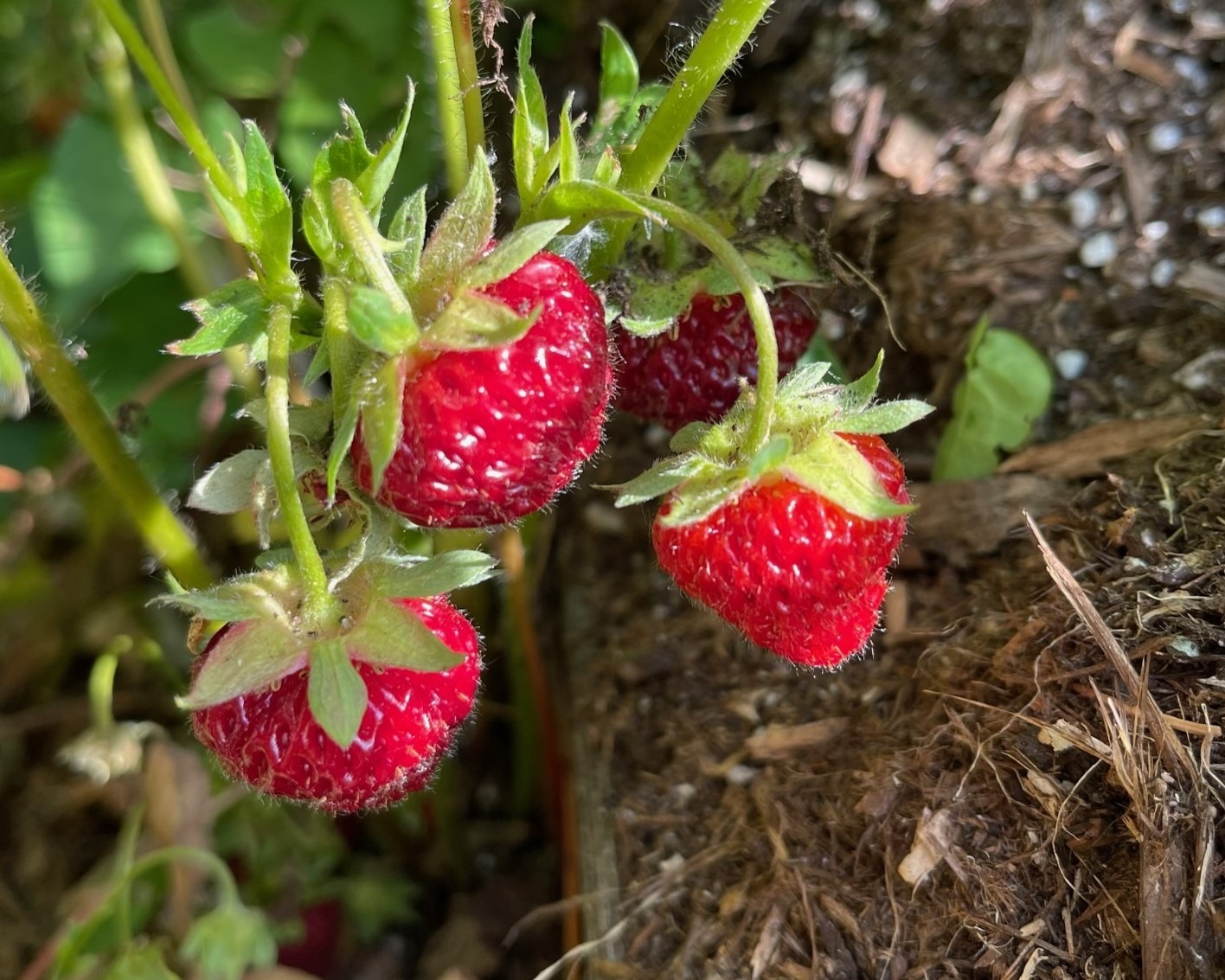
Strawberries are divided into 3 categories:
- June-Bearing
- Ever-Bearing
- Day-Neutral
Regardless of the category, Strawberry fruit ripens about 4 weeks after the plant flowers.
June-Bearing Strawberries
June-bearing strawberries bear one large crop of berries, usually during June or early July.
June-bearing strawberries produce large berries, and the plants grow multiple runners during the summer to establish new plants.
Common June-Bearing Strawberry Varieties: Kent, Glooscap, Bounty, Haneoye, Cavendish
Ever-bearing Strawberries
Ever-bearing Strawberries produce two, sometimes three, crops in a growing season. The first crop matures in early summer, and the next in early fall, which can give the illusion that they are continually bearing fruit.
This type has fewer plant runners and is great for gardens with limited space.
Common Ever-Bearing Strawberry Varieties: Berries Galore (Pink or white flowers), Delizz, Ruby Ann (red flowers), Ogallala, Fort Laramie
Day-Neutral Strawberries
Day-neutral Strawberries produce fruit throughout the growing season and have fewer runners, which makes this type well adapted for gardens with limited space.
Common Day Neutral Strawberry Varieties: Tristar, Fern, Seascape, Albion
The Best Location to Grow Strawberries

Choosing the right planting site is vital for growing healthy strawberry plants, and robust plants are less susceptible to pests and diseases.
Full sun is the best location for strawberries. Strawberries need at least six hours a day to grow well, but the more sun exposure, the better, with 10 hours of sunshine being optimal.
Watch for fences, trees, or buildings that will cast shade on the strawberry garden.
Strawberries prefer good quality, rich, well-draining soil with a pH of 6-7. Use compost and mulch to improve soil quality, if needed.
Find a strawberry garden spot that doesn’t compete with trees or shrubs for water. Tree and shrub roots often extend out horizontally to the extent of their height.
Strawberries grow well in places with good air circulation to reduce the incidence of fungal infections.
Avoid planting strawberries near tomatoes, peppers, eggplants, potatoes, and raspberries because they share common diseases.
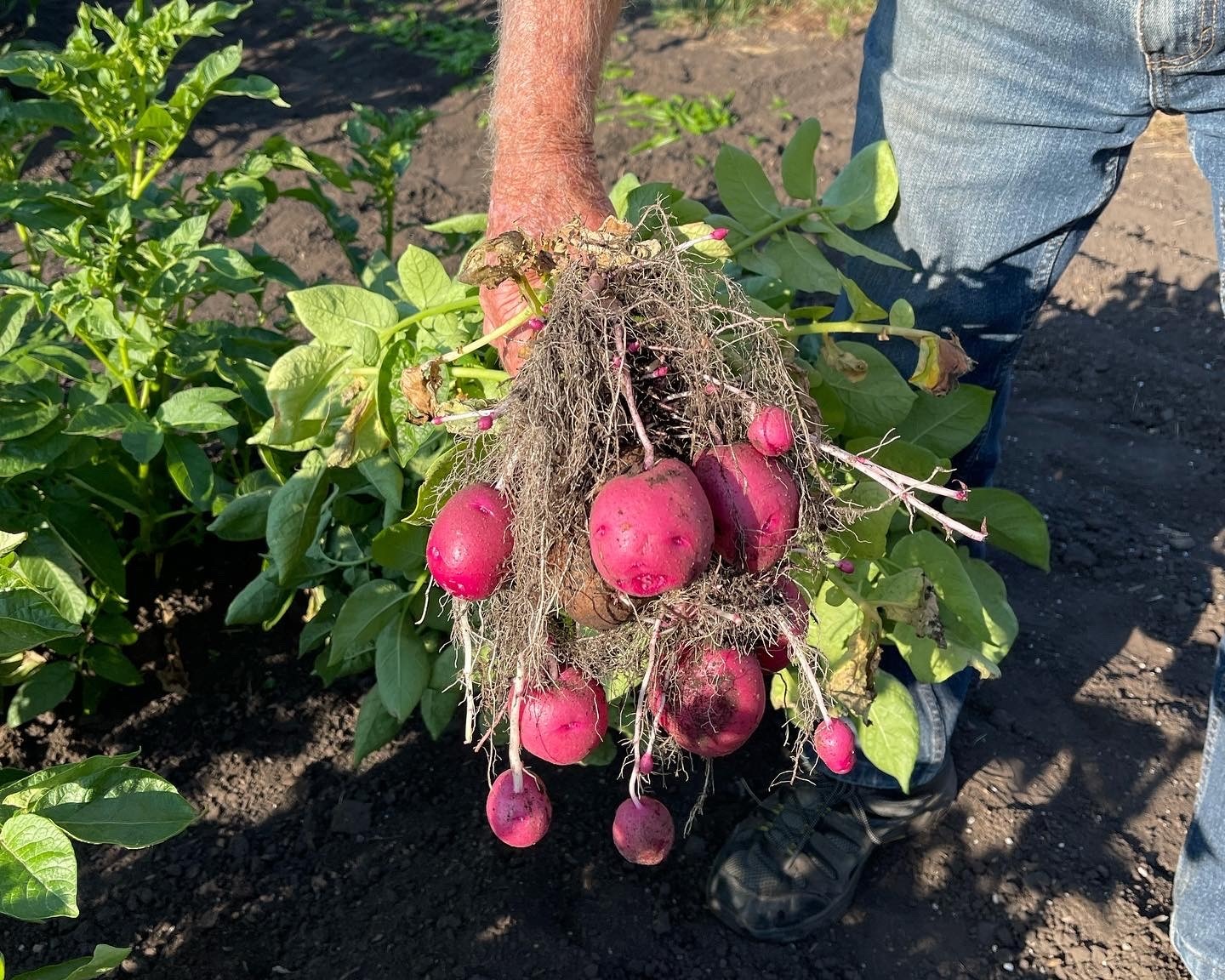
How to Plant Strawberries
Strawberries can be used as a ground cover, or they can be planted in organized rows 1 m (3-4′) apart with individual plants spaced 28-45 cm (11-18″) apart.
Strawberries can be planted anytime during the growing season. However, spring is my favourite time to get them in because temperatures are a little cooler, allowing the plants to establish before the summer heat sets in.
Choose a transplanting day that is cool and cloudy because plant metabolic needs are lower, and it is less stressful for the transplants.
Dig shallow holes and plant the strawberry with its crown at the soil level. The crown is where the roots and stems intersect. Take care not to cover the crown with soil.
Firm the soil around the newly planted strawberry.

I like to make a ring in the soil around the new transplants that extend about 10 cm (4″) around the base. This ring keeps the water from draining away and serves as a reservoir to hold water for the roots. Fill this ring each time you water.
Remove any flowers that may develop in the first two to three weeks after planting so the strawberry plant can direct its energy to establish a robust root system without the extra demand of growing fruit.
Be mindful of the overnight low temperatures and protect the newly planted strawberries from frost. If the overnight low nears 5-8 C (41-46 F), cover them lightly with frost fabric or some other frost barrier like cotton sheets or upside-down pails that will not touch the leaves.
How to Care for Strawberry Plants
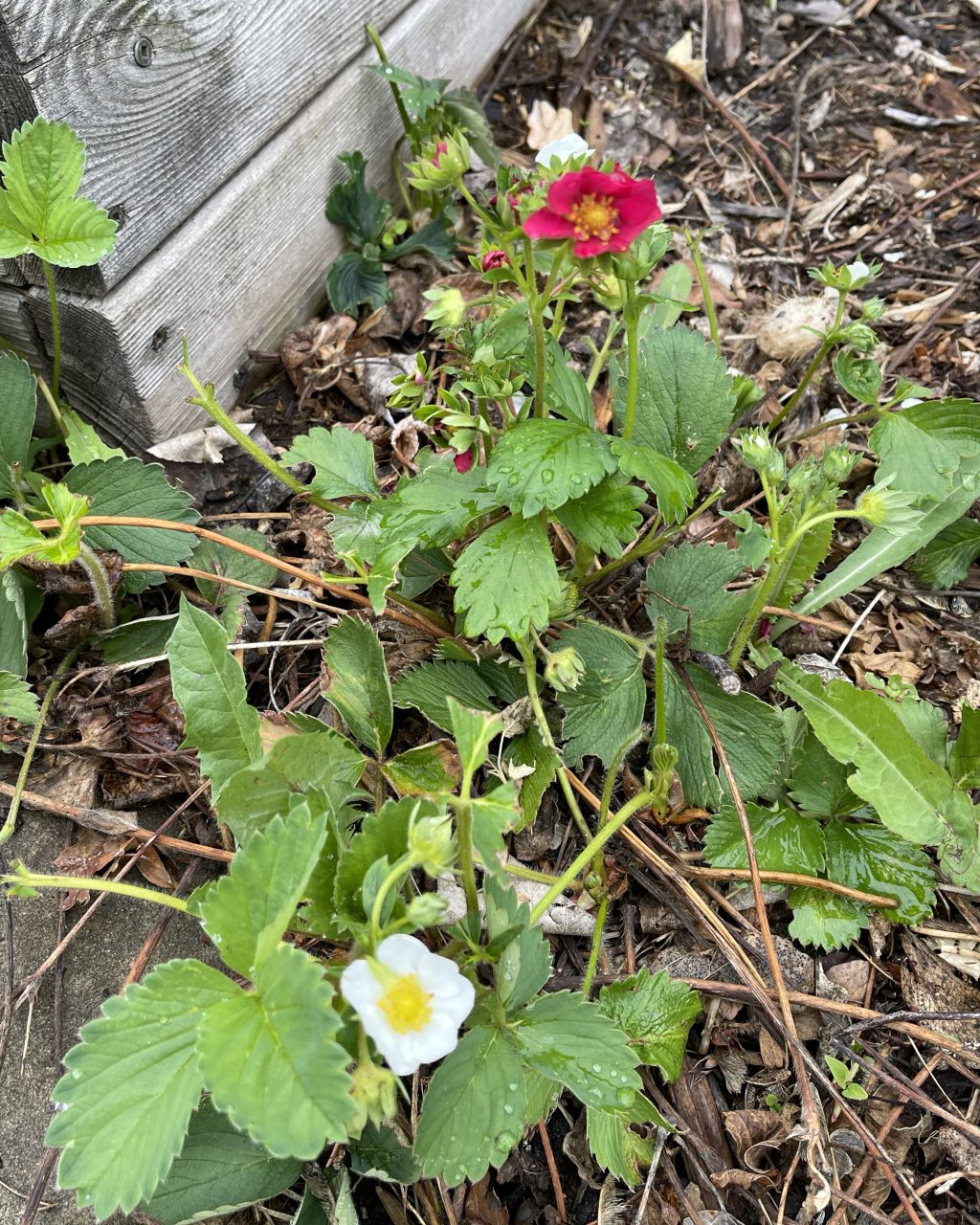
Strawberries are simple to grow once they are established, as with any other plant.
This section will cover how to water, fertilize, weed, and care for strawberry runners.
Watering Strawberries
Strawberries grow best in evenly moist soil that gets neither too wet or dry.
Check moisture levels of new strawberry transplants daily, and then weekly as they mature. If the soil is dry, water them thoroughly with a hose, watering can, or drip irrigation.
Water early in the day so the leaves can dry off during the day, as this will prevent the development of leaf diseases.
Strawberries still require even moisture after they have flowered and are done fruiting.
Fertilizing Strawberries
Fertilize young strawberry transplants in the second or third week after transplanting.
Good fertilizer options are Nature’s Source or 15-30-15. The extra phosphorous, represented by the middle number of the N-P-K sequence, helps with root development.
If you regularly build up the soil with compost and mulch and avoid turning over the earth, there may be little need for fertilizers.
Plants that need extra nutrients look pale, flower and produce fruit poorly.
Related: How to Understand Fertilizer Labels, What is the Best Way to Fertilize Plants?
Weeding Strawberries
It is important to keep strawberry patches clean and weed-free. Strawberries don’t compete well with other plants and weeds and can be easily choked out. Remember to pull out the entire root system of a weed so it won’t grow back.
Caring for Strawberry Runners
Strawberry plants reproduce easily by growing runners, which are little plants at the end of a long stem. The plants first develop the long runner stem, kind of like an umbilical cord, and then a plantlet grows at the end of the runner and establishes roots as it rests on the soil.
Runners can get out of control, but they can be easily redirected to areas where you’d like to establish more plants.
Simply snip off the extra runners with shears if you do not need more plants.
Remove old, woody plants as their production eventually declines.
Why Overwintering Strawberries on the Canadian Prairies can Be Challenging
Strawberries are perennial plants.
The reason Strawberries can be challenging to grow in Alberta is simple — strawberries are a bit tender in our plant hardiness zones in Alberta and the Canadian prairies.
Most strawberries have a zone 4 or higher plant hardiness rating, and only a few varieties are successful in zone 3, but there are workarounds for this! Mulch is the magic that helps strawberries through our winters.
Related: What are Plant Hardiness Zones and How do They Work?, What is Mulch? Making Gardening Magic with Mulch
All strawberries planted in the ground in zones 3-4 need to be mulched to survive the cold winter successfully. The surrounding soil is vital for insulating strawberry roots, and the added mulch helps protect strawberry plant crowns through the cold months.
Strawberries grown in pots and hanging baskets will not overwinter in plant hardiness zones 3-4. This is because their roots die in the cold, and container strawberries are often cultivars with higher plant hardiness zones.

Related: The Secret to Growing Great Strawberries in Planters and Hanging Baskets,
How to Get Strawberries Ready for Winter in Cold Climates
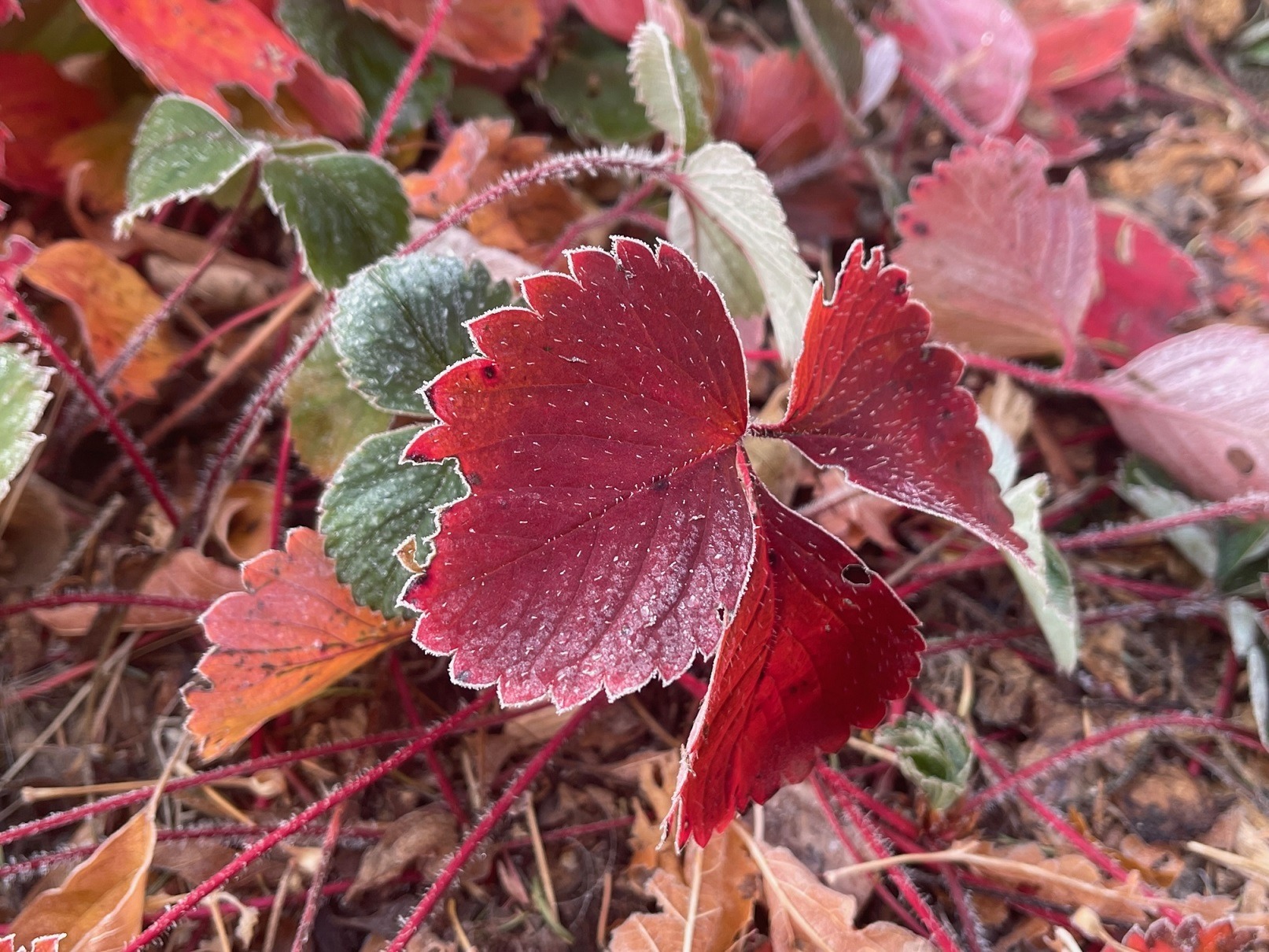
Always check the plant hardiness zone ratings before purchasing strawberries for your garden. If they don’t have a tag with the zone on it, ask for help to clarify.
As mentioned earlier, strawberries are at their limit of zone hardiness in zone 3, and their crowns can die at -10 C (14 F), so covering them with mulch is strongly recommended.
Once the plants are dormant, their leaves will turn red after two or three frosts, mulch them in with a 10-15 cm (4-6″) layer of mulch and let any leaves drop on them in autumn to increase the cover.
Weed-free, organic straw is another good option for a protective winter blanket.
Always use organic inputs in any food-producing garden because whatever is in the components, like soil, compost, and mulch, transfers into the produce.
Strawberry Plant Recovery in the Spring
Remove mulch winter covering from strawberry plants once the snow has completely melted and the threat of frost fading to allow the plants to emerge and grow naturally in the warming spring weather.
If the plants need nutrients, wait to fertilize until early summer, as the nitrogen could contribute to fungal leaf diseases.
Conclusion
Growing strawberries can be difficult in some regions, but this guide allows you to grow vigorous plants with delicious berries right in your backyard! If you have questions about growing perennials, growing food, or anything else, please check out my other blogs! Or, you can reach out directly and I’ll get back to you.
Thank you for reading, and enjoy your strawberries!
©Sharon Wallish Murphy ©Gardening with Sharon




